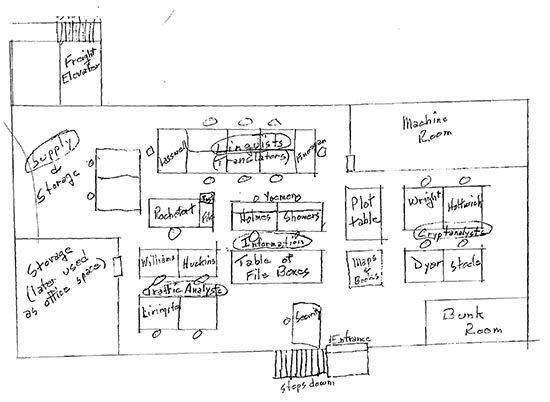
(Mac Shower’s hand-drawn diagram of The Dungeon in the basement of the 14th Naval District HQ in Pearl Harbor. Collected by renewed Naval historian Dr. Dave).
“The fate of the nation quite literally depended on about a dozen men who had devoted their lives and their careers, in peace and war, to radio intelligence.
Eight of these men worked in the basement of the 14th Naval District Administration Building.”
“Seven were naval officers and one was a Marine officer. Of the seven Navy officers, four had been passed over for selection. The other three received their promotion to Lieutenant Commander (04) a few months prior to the war.
The officer-in-Charge was Commander J. J. Rochefort, who had been first passed over in selection for Commander. Without his inspiring leadership, technical competence, unselfish devotion to duty and his personal example of untiring effort, it is doubtful that the full result could have been achieved.”
– CAPT C. H. McMorris, Chief of Staff, US Pacific Fleet, 1946
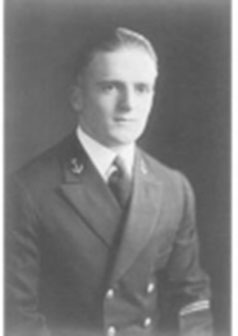
(Then Midshipman Tex Biard.)
See, there was a time when the greatest group of hard-working heroes ever assembled in my line of work were just some guys for which the Navy had no particular use. There were skills that deserved promotion, and having spent years overseas learning the Japanese language and more importantly, how the Japanese thought wasn’t as important as Fleet Gunnery on the battleships of the line. Funny how that works, and nothing has changed.
I wish I could have talked to Tex Biard, as a friend of mine did before the Captain passed on in 2007. Tex was in the same sort of position that my Great-Great Uncle Patrick was; as the last man of his unit surviving, whatever he said the truth was about the past, there was no one left to disagree. Tex was one of three remaining officers from Station HYPO in Pearl Harbor when he rated their talents in 2002 . What he remembered had to be the truth because he was there. I mentioned him yesterday; Tex was at HYPO for about six months, from Fall of 1941 to Spring 1942.
He made his assessment of the contributions of the gifted group of passed-over officers who made such a dramatic contribution to Victory in the Pacific. He mentions, but gives short shrift to these three officers:
Lieutenant Commander Thomas A. Huckins USNA Class of 1924, “Valuable radio traffic analyst.”
Lieutenant John A. Williams USNA Class of 1928. “Valuable radio traffic analyst working with Huckins.”
Lieutenant Commander Jack S. Holtwick USNA Class of 1927 “A man of many and varied talents. He ran our IBM machines at that particular time – and did so superbly.”
I decided to put them first, since I think Tex was back in the Fleet by the time things were getting hot and heavy for the Battle of Midway.
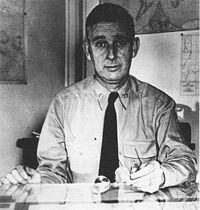
Tex never-the-less went on to make his assessment of the rest of the team, saying: “Top honors indisputably must go to our brilliant officer-in-charge, Commander Joseph J. Rochefort.” Tex called him “intuitive, quick, sharp thinking, blessed with a fantastic memory of almost total recall, and was an inspiring leader for his miracle-producing associates.” In the moment of his greatest triumph, Rochefort was fired not so much for disagreeing with Station NEGAT (OP-30G on Nebraska Avenue back in Washington) but for being right. There were powerful equities at stake, after all, and no one likes the guy who calmly provided the information that enabled Admiral Chester Nimitz to ambush and dismember the Japanese Fleet.
(No Photo Available)
Then there was Lieutenant Commander Joseph Finnegan, U.S. Naval Academy Class of 1928, Tokyo-trained Japanese linguist, a man who Tex described as “usually gregarious but sometimes reclusive, intuitive, brilliant, volatile, and a professional U.S. Irishman from Boston.”
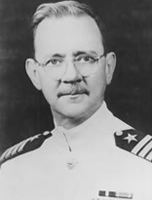
On an almost equal level with Finnegan, but always quiet and never ostensibly spectacular was the steady, unimpressive [Lieutenant] Commander Thomas H. Dyer, U.S. Naval Academy Class of 1924. He helped keep things organized and in working order while we in the code-solving field were just too busy to tend to such menial –but vitally important — tasks.
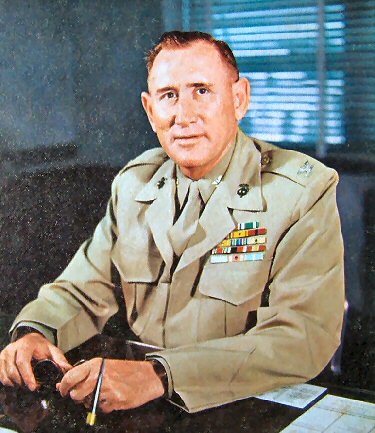
Major Alva B. (Red) Lasswell. If Joe Finnegan was our spectacular Babe Ruth, Red Lasswell was our steady, dependable, long-enduring, right-as -rain Lou Gehrig. It was hard to see Red because of Joe, but without Red, Joe would have been far less the hero. When Joe went wild and had to be pulled back to earth Red could do the job without upsetting the house that Finnegan and Rochefort built. Red did not want to be a code-breaker. His favorite game was top-notch competition rifle shooting.
(No Photo)
(Lieutenant] Commander Wesley A. Wright, U. S. Naval Academy Class of 1926, better known as “Ham”. “Ham” was an almost look- alike for Wallace Beery, a film actor of the 1920’s and 1930s. “Ham” worked with and under Tom Dyer, keeping things in order and solving many knotty problems in the code-breaking area. It was “Ham” Wright who, together with Joe Finnegan, engineered the solution to the extremely important month-and-day-of-the-month (usually called “date time”) code group. This was a “garble cipher” which, when solved by Joe and “Ham”, finally gave Admiral Nimitz the exact time (day of the month) sequence.
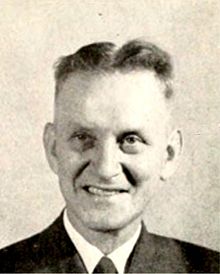
Tex did not mention the second senior man in HYPO, which is curious. Wilfred “Jasper” Holmes graduated from the US Naval Academy, Annapolis, 1922, and had a masters degree in engineering from Columbia University. He served as a line officer in the Navy, in submarines. He wrote submarine adventure stories for the Saturday Evening Post under the pen name Alec Hudson. He retired from the Navy in 1936 because of arthritis of the spine, and joined the faculty of the University of Hawaii. In 1941 Captain Holmes was recalled to duty and assigned to Station HYPO. By May 1942 US Naval Intelligence knew that the Japanese were planning an attack at a spot they called AF, but did not know what AF signified. Joe Rochefort thought AF was Midway Island. Holmes had the idea of faking a water supply failure on Midway. He suggested using an unencrypted emergency warning, in the hope of provoking a Japanese response, thus establishing whether AF was Midway. Holmes’ ruse worked and led to the Japanese defeat at the Battle of Midway.
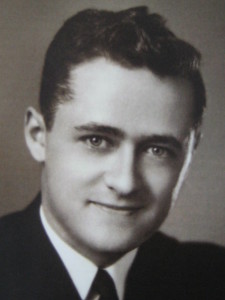
Nor did Tex mention ENS Donald “Mac” Showers, who worked directly for Jasper Homes and sat next to him in the Dungeon. Mac had been commissioned on Sept. 12, 1941. Soon after his commission, he reported to Seattle for Counter-Intelligence training, and served as the Public Affairs Officer at the 13th Naval District at Seattle. His graduating class was assigned orders in alphabet order, the first half of the class was ordered to Manila, which would shortly be captured by the Japanese. The Second half of the class got orders to Hawaii, where they arrived by ship in February of 1942. 14th Naval District Chief of Counter-Espionage LT Stephenson informed him he useful only for filling a vacant requirement at the Fleet Radio Unit at Pearl Harbor. By the spring of 1942, Rochefort’s staff, which included Showers, was making positive strides toward deciphering the Japanese Navy’s crucial next move.
Tex Biard was already on board the USS Yorktown, so there is more going on in his recollections than I can penetrate today. I think it may be a way of putting spin on the past, and settling old scores. But I hesitate to open up old cans of worms, though it is clear when the scope of the victory at Midway was clear, Joe Rochefort was relieved by Washington and assigned to command a floating dry dock that someone had some important baggage they did not want unpacked.
Professional jealousy? The establishment of the Naval Security Group after the war? Mac often told me that he had been on a walk at Arlington Hall Station when he recommended that Rufus Taylor, future director of Naval Intelligence and Deputy Director of CIA, get out of Cryptology and get into Intelligence.
Aren’t you proud of me? I managed to not mention those careerist Redman Brothers even once. Oops.
And once more, I wish I had known what to ask when I could.
Copyright 2015 Vic Socotra
www.vicsocotra.com
Twitter: @jayare303
